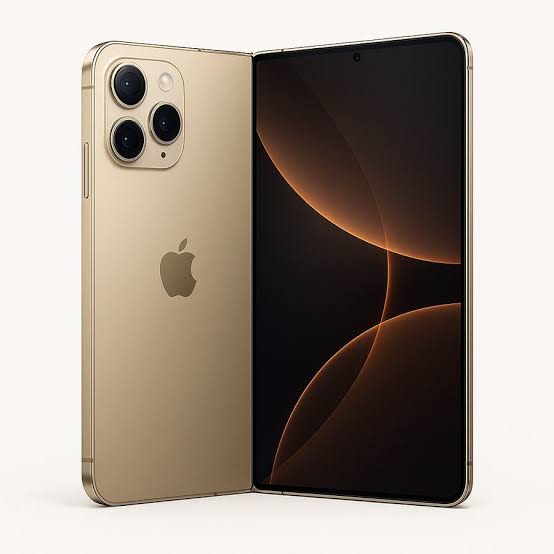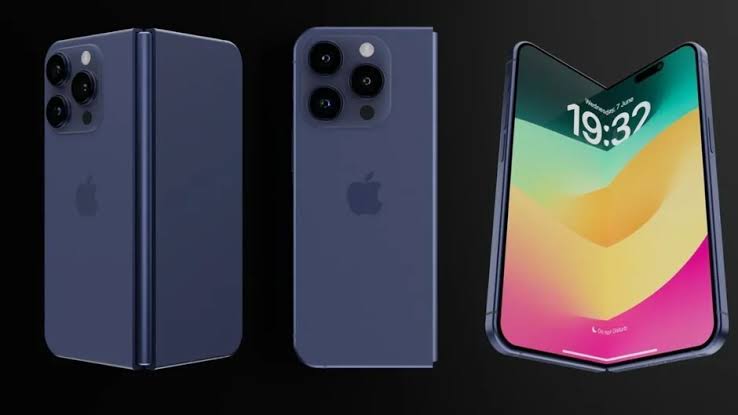Apple is preparing a major shift in its iPhone lineup, with reports saying the company is working on a redesign cycle that will stretch over the next three years and culminate in the release of its first foldable iPhone. The device is projected to debut in late 2026, with broader availability and market push expected in 2027, coinciding with the iPhone’s 20th anniversary.
Reports say Apple’s strategy begins with the iPhone 17 Air in 2025, designed to be slimmer and lighter. In 2026, attention will turn to the company’s first foldable iPhone, and by 2027 Apple could unveil an all-glass design iPhone to mark two decades since the original launch.
This phased approach reflects how Apple typically introduces major design shifts, ensuring each step aligns with its long-term hardware and ecosystem goals.
Foldable Design in Focus
According to supply chain leaks and analyst projections, the foldable iPhone is expected to adopt a book-style design, opening vertically like Samsung’s Galaxy Z Fold models. It could feature a 5.5-inch external screen and a larger 7.8-inch internal display, with Apple reportedly working on ways to minimize the crease effect found in most foldable screens.
Materials under consideration include titanium and stainless steel, providing a balance of durability and lightweight construction. Early specifications suggest a thickness of around 9 mm when folded, and about 4.5 mm when opened.
Key Features Under Review
Reports also say the foldable iPhone may replace Face ID with a side-mounted Touch ID sensor, reflecting design constraints in foldable displays. It could also adopt an eSIM-only setup, dropping the physical SIM slot entirely.
The camera system is rumored to include multiple lenses across different panels; with options on the cover display, the inner screen, and the rear aimed at enhancing both photography and videography.

Pricing and Market Positioning
Pricing projections for the foldable model range from $2,000 to $2,500, placing it among the most expensive smartphones in the market. Analysts believe Apple will position the device as a high-end flagship for early adopters, while reinforcing its presence in the growing foldable category.
The move comes as global smartphone sales slow and manufacturers search for new growth opportunities. Rivals such as Samsung, Huawei, and Oppo already have multiple foldable devices in the market. Analysts say Apple’s entry, even later than competitors, could reshape consumer demand—just as it did with categories like smartwatches and wireless earbuds.
While Apple has not officially confirmed a foldable iPhone, reports indicate that mass production could begin in 2026. The timing would align with Apple’s strategy of introducing groundbreaking products during milestone years, making 2027 a symbolic target for the device.
For now, customers can expect incremental updates with the iPhone 16 lineup later this year, but all signs point to a more dramatic evolution of the iPhone as Apple prepares for its next chapter.
